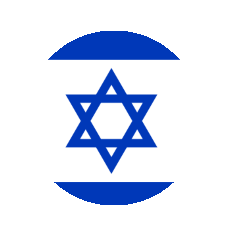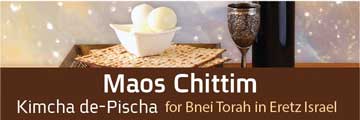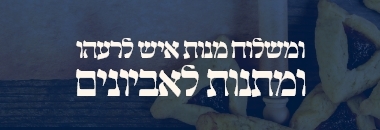Question:
What are advantages and disadvantages of Tefillin straps black on both sides?
Answer:
Before answering your question, it should be noted that I am not coming to say what side to take, rather bringing down the different issues involved.
The advantages of wearing tefillin straps that are black on both sides are:
- According to the Rambam the straps have to be black on both sides, although we specifically don’t pasken kike the Rambam on this). See O:CH 33-3, M:B 33-21.
- According to Keses Hasofer (23-2) the sides of the retzuos should be black. Others however argue on this (Daas Noteh Teffilin 608 in the name of Chazon Ish, also see M:B 33-20 that it appears that he doesn’t hold of this.)
- If the retzuos get a crack in them, inside the crack it doesn’t look black. According to some poskim it is preferable that the cracks should also be colored black, however it is not an obligation. (See Daas Nota Tefillin 612). Others however say that there is no need at all to color the inside of the cracks (see Chut Shani Inyonoim Shonim- Hilchos tefillin pg. 270).
The disadvantages are:
- The poskim for thousands of years didn’t do this, even though they also knew of these ideas, nevertheless, they didn’t want to do different then what was the minhag in Klal Yisroel for thousands of years. In fact numerous gedolim specifically didn’t want to switch thier retzuos for this reason, ( R’ Eliyashiv, R’ Vosner, The Bobover rebbe, R’ Levi Raboniwitz zt”l, Ybchl”ch R’ C. Kanievsky shlit”a). See the following two attachments עומק הפשט 279 נצבים וילך תש”פ – רצועות שחורות משני צדדים and ראש אליהו
- If the retzuos turn over that the bottom is on the top, you and others will not notice it, and even though it is black, but it is the smooth side that has to be on the top. (There are those who argue that even if it turns over it is still permitted since it is black).
The two attachments will provide you will many of the sources of both sides of this controversy.
Kesiva vchasima tova










